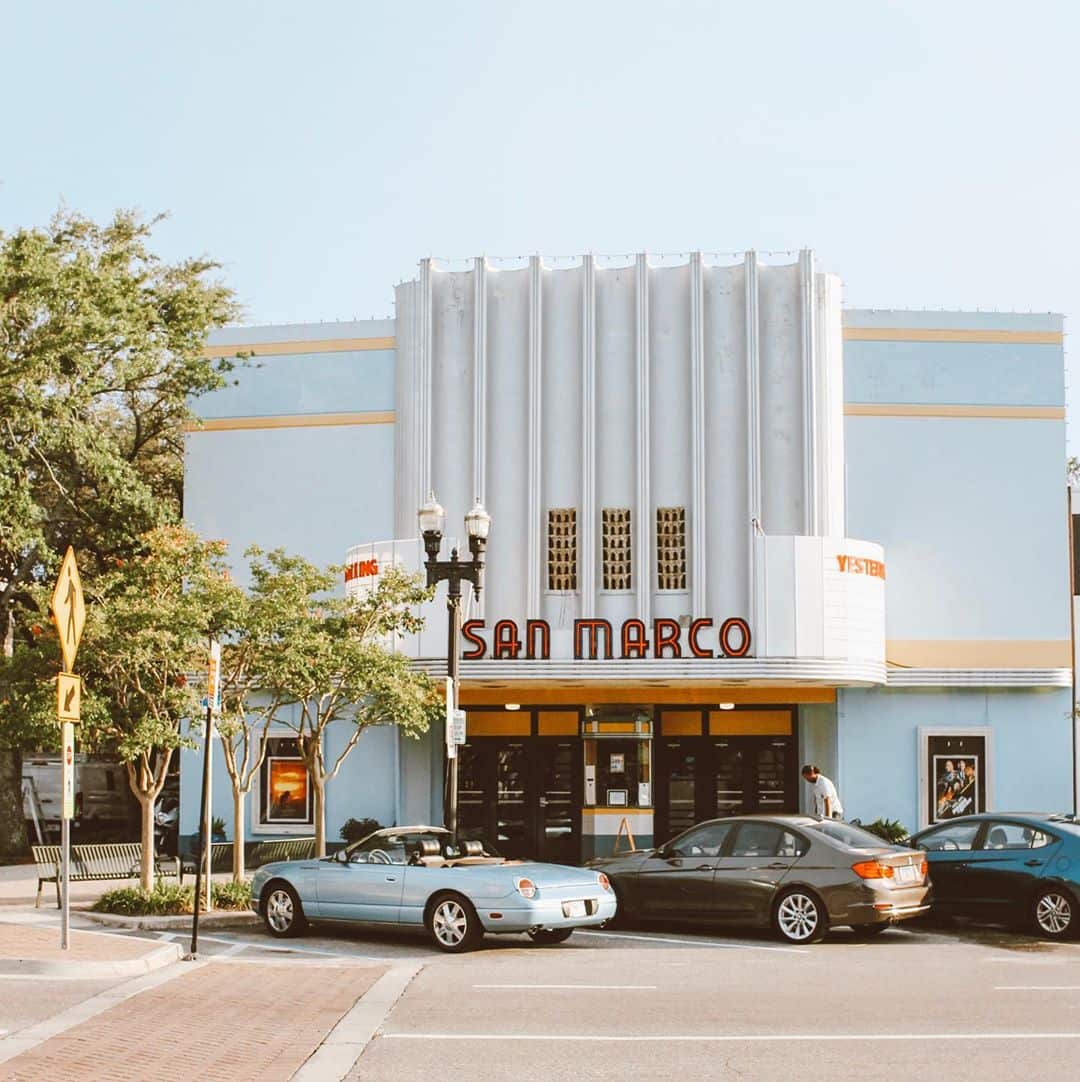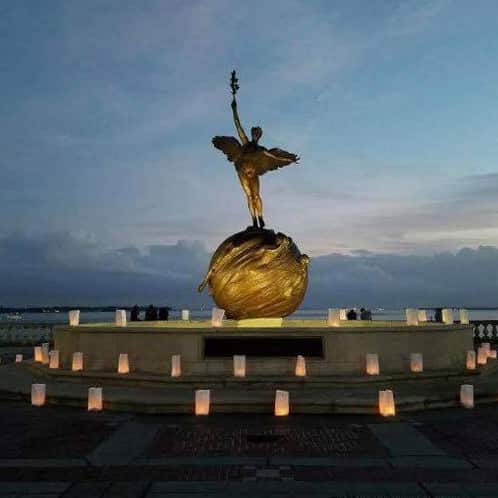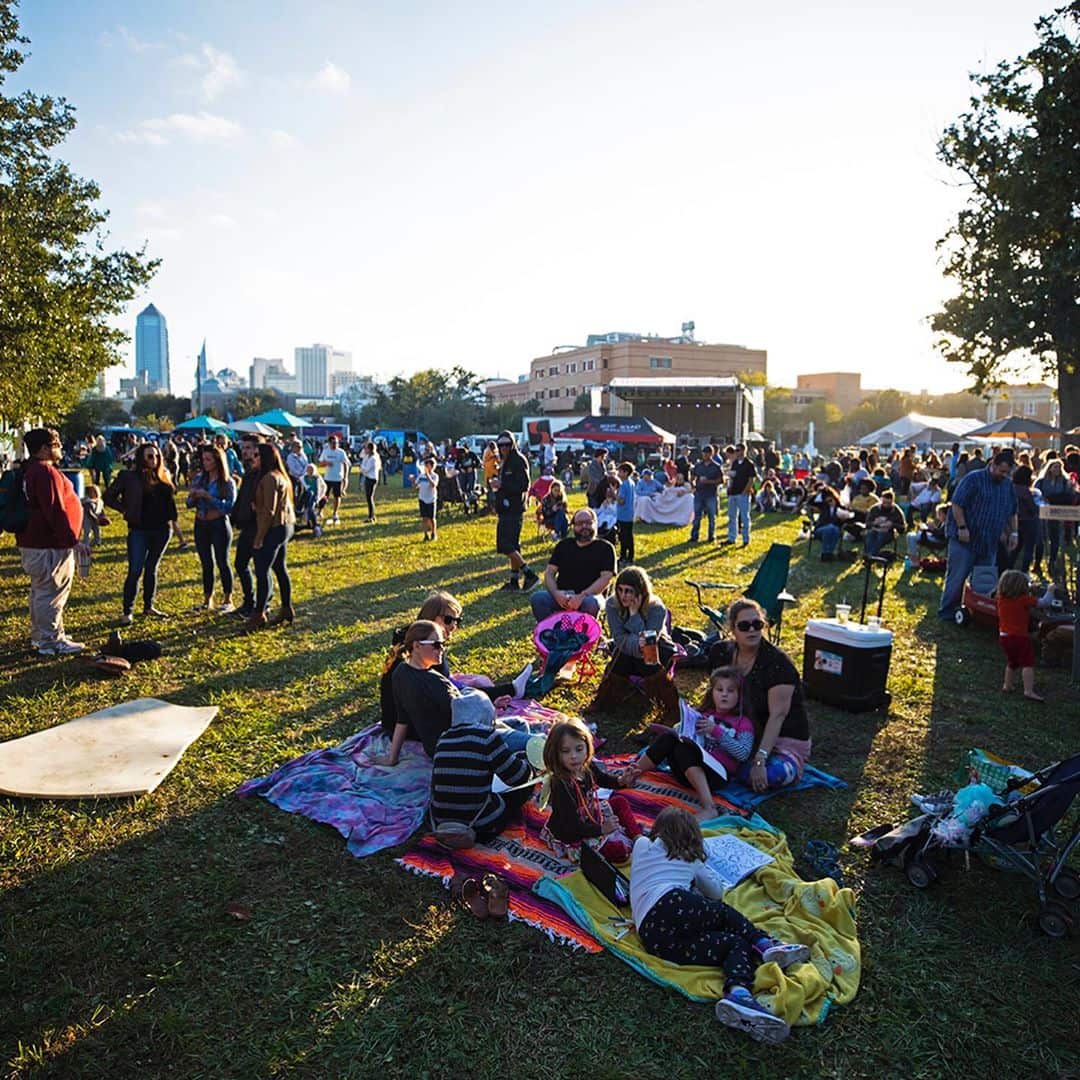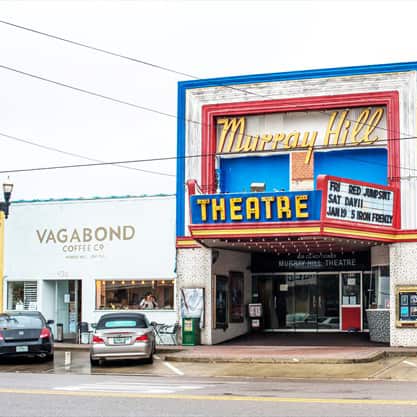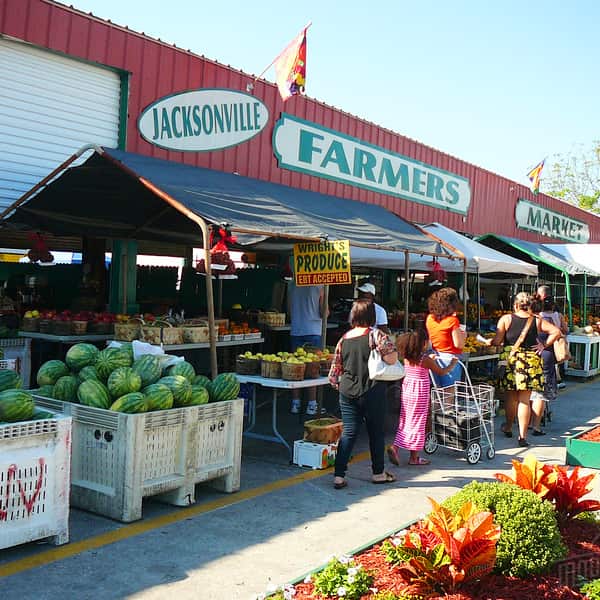About Downtown
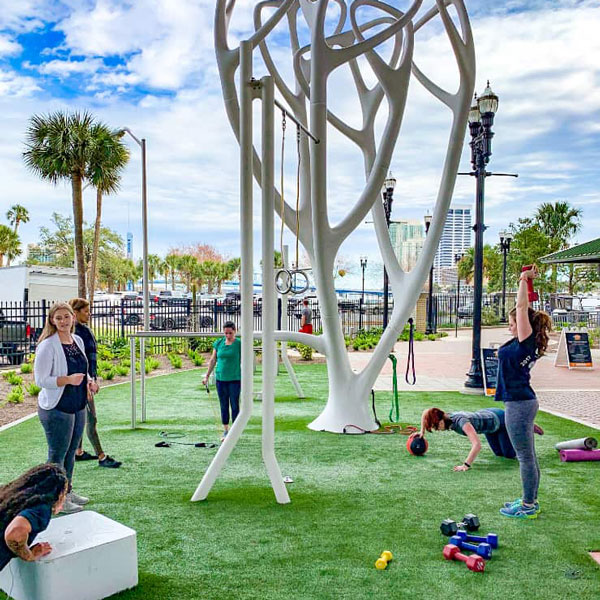
About Downtown
With its scenic skyline, Downtown Jacksonville blends big city amenities with neighborly small town charm. It’s eight distinct districts provide plenty of variety and are surrounded by charming, historic neighborhoods. Conveniently centered in Duval County, getting to and from Downtown is easy with direct access via Interstates 10 and 95.
Downtown has nearly 7,000 residents and a workforce of more than 56,000. It’s home to 15 culture and entertainment venues, five major sports teams, four major medical facilities and three college campuses. Here, tall towers mingle with historic and mid-century architecture along the banks of the sparkling St. Johns River. Nearly three miles of riverwalk line the north and south banks and options like the River Taxi, marinas, and boat and kayak launches make it easy to get out on the river. The Main Street – Acosta Bridge Loop and Corkscrew Park, Downtown’s free, public gym make Downtown the perfect backdrop for an active lifestyle.
Top 3 reasons residents love living Downtown:
Walkability
Culture & entertainment
City atmosphere
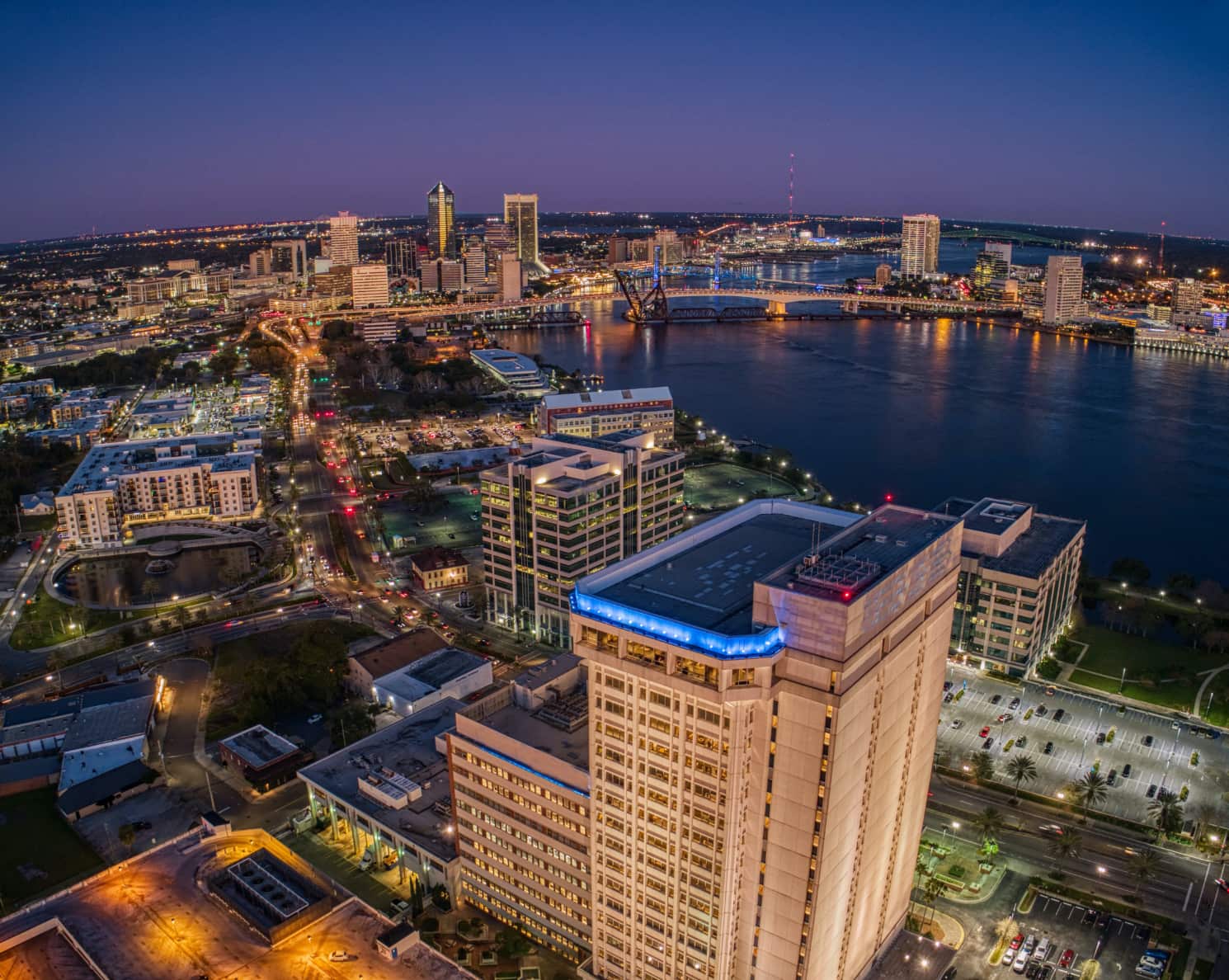
About Jacksonville
Jacksonville is distinguished by a growing population, strong economy, diverse culture and abundant natural resources. At 874 square miles, Jacksonville is the largest city by land area in the continental U.S. as a result of the 1968 consolidation of Jacksonville and Duval County. By population, Jacksonville is the 12th largest U.S. city and the Jacksonville MSA has a population of more than 1.5 million across five counties in Northeast Florida.
The region boasts one of the lowest overall costs of living and some of the most affordable housing prices in the Sunshine State. Home to top-rated K-12 schools and excellent colleges and universities, the region cultivates a wealth of young, experienced talent. Residents enjoy plenty of outdoor recreation options, including ninety miles of shoreline and the largest urban park system in the nation.
History
Jacksonville (or Cowford) originated as a twenty-block settlement on the northbank of the St. Johns River in 1822 and was chartered ten years later. The first City park, now James Weldon Johnson Park, opened in 1857. By the 1870s, Downtown was bustling with tourists and known as “the Winter City in a Summer Land.” The Great Fire of 1901 was the third largest U.S. fire—seen from Savannah to Miami—and destroyed 2,300 buildings across 146 Downtown blocks, left 10,000 homeless and killed seven. Bouncing back quickly, by 1907, Downtown was home to Florida’s first skyscraper and the Dixieland Amusement Park. By the 1910s New York–based filmmakers—charmed by our warm climate—had established dozens of silent film studios making us the “Winter Film Capital of the World.” “The Blues” were first officially performed in LaVilla in 1910. Later, regular performances by Ray Charles and jazz greats would make us the “Harlem of the South.”
The 1960s were a time of both conflict and growth. The fight for racial equality came to a head in Downtown on Ax Handle Saturday in 1960. In 1965, Friendship Fountain opened as the tallest fountain in the world. Jacksonville voted to consolidate city and county governments in 1968, anchoring Duval to Downtown and cementing us as the “Bold New City of the South.”
The 1990s gave brough the Jacksonville Jaguars to Downtown and we were the proud hosts of Super Bowl XXXIX in 2005. #DTWD Since 2000, new attractions such as VyStar Veterans Memorial Arena, 121 Financial Ballpark, MOCA Jacksonville, Main Library and Daily’s Place have opened and brought excitement and energy to DTJax. Learn more about our history.
Neighborhoods
SAN MARCO
Old World charm and modern style come together in this neighborhood filled with Spanish-style architecture. The heart of San Marco is marked by Balis Park and three sculpted lions guarding the town square. Fashioned after the famous St. Mark’s Square in Venice, San Marco Square is filled with upscale shopping and eateries, and is home to Theatre Jacksonville, America’s longest running community theatre in the Southeast.
Riverside/Avondale
One of the country’s largest historic districts, the Riverside/Avondale area is home to the Cummer Museum of Art and Gardens, which features Italian and English gardens. Tree-lined St. Johns Avenue attracts a hip crowd with its antique stores, art galleries and cafes, while the funkier Five Points draws patrons of all kinds to its restaurants, art galleries and vintage clothiers.
Springfield
Established in 1869, Springfield is Jacksonville’s first and oldest neighborhood. The area has a wealth of interesting sites, including the Karpeles Manuscript Museum and Confederate Park. A historic district, the area also offers turn-of-the-century homes in a variety of architectural styles.
Murray Hill
Murray Hill took the name of a neighborhood in Manhattan, New York City. While the neighborhood was created in 1907, the town of Murray Hill was incorporated in 1916 with its own mayor. Murray Hill is filled with multiple parks, restaurants, bars, community gardens and an art center.
Railyard District
Located west of downtown is a distinct part of Jacksonville once known as Honeymoon Yard, The Beaver Street area, now known as the Rail Yard District, houses over 100 unique small businesses. Many of these business owners are now coming together to make change in their community. The Rail Yard District is a major economic engine for Jacksonville, contributing hundreds of millions of dollars in local economic impact.
Durkeeville
The Durkeeville community was founded just after the Civil War by a Union soldier J. H. Durkee, who purchased the land speculating that the railroad, would be coming to Jacksonville. When the railroad did come and passed to the south of Durkee’s land, he was faced with huge losses and split the land into parcels and sold it to African-Americans, who were eager to own their first pieces of property.The mission of the Durkeeville Historical Society is to research, record, and preserve the artifacts of the Durkeeville community and to present them in an educational and entertaining format, offer services for citizens to research their genealogy and to be the keepers of the many facets that make up this historical and cultural legacy of North West community of Jacksonville, Florida.
